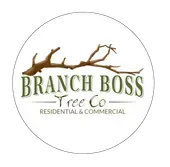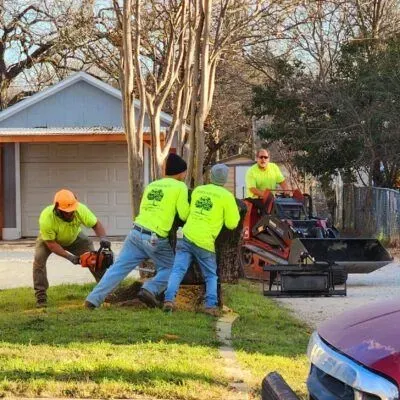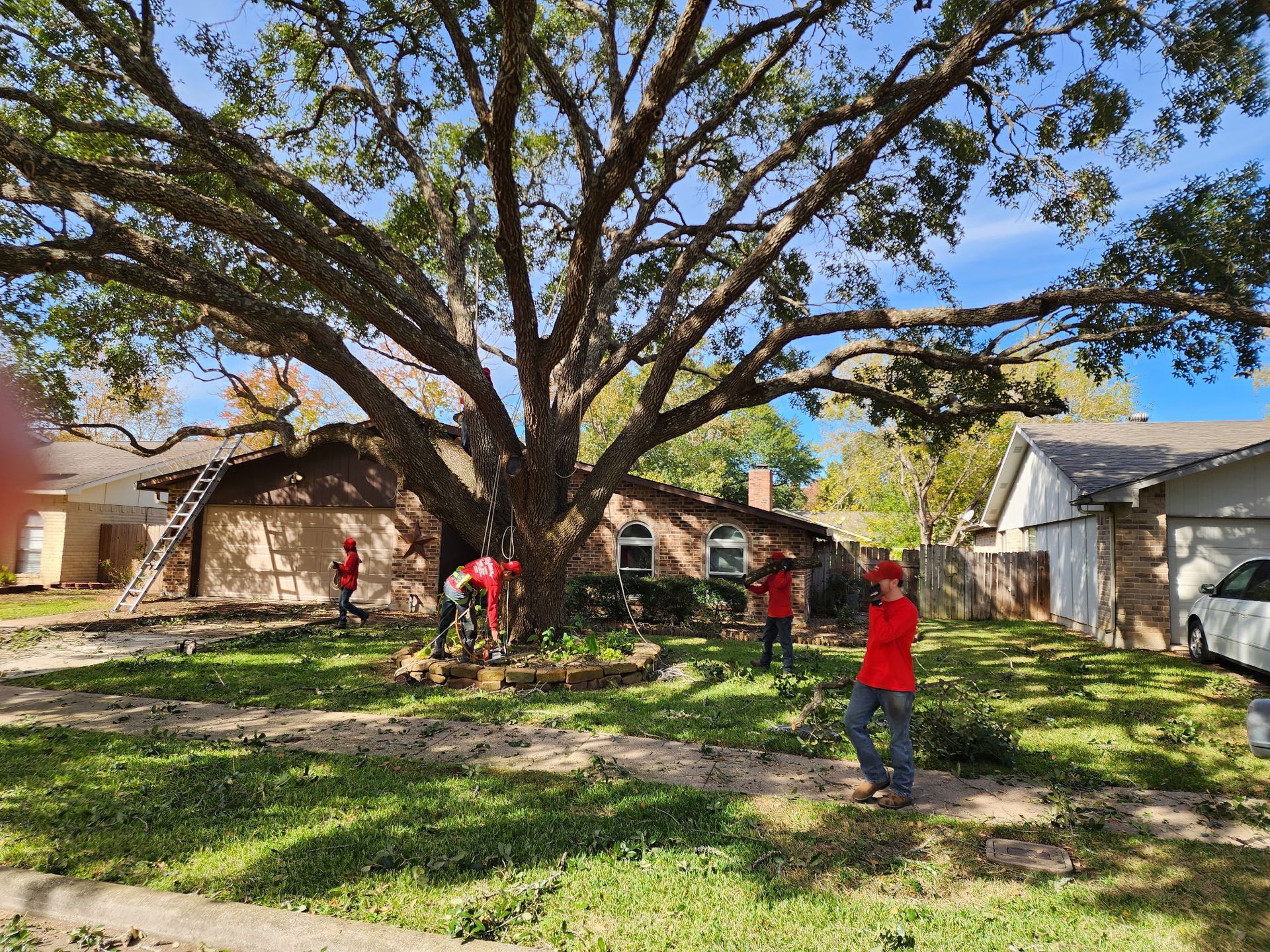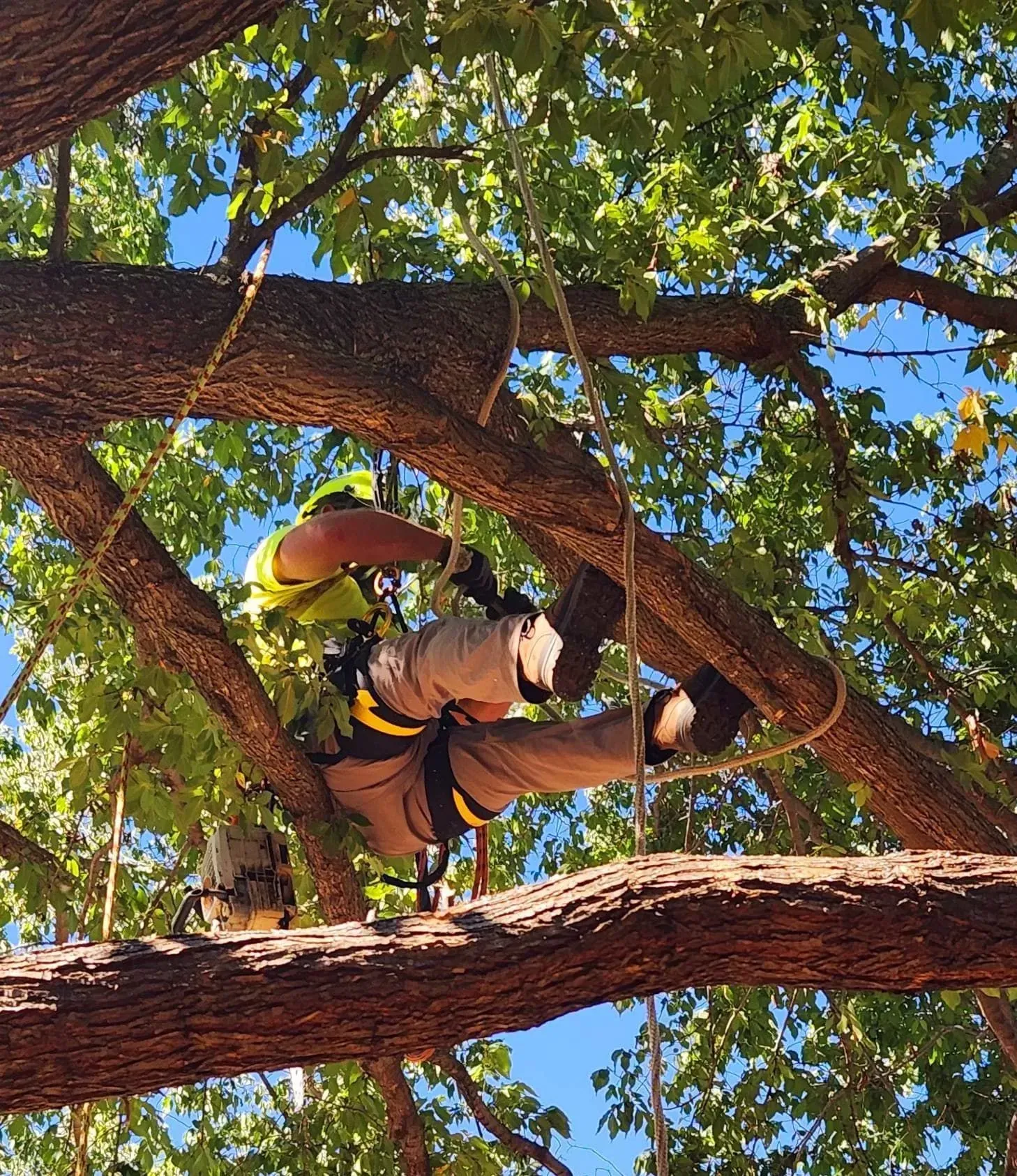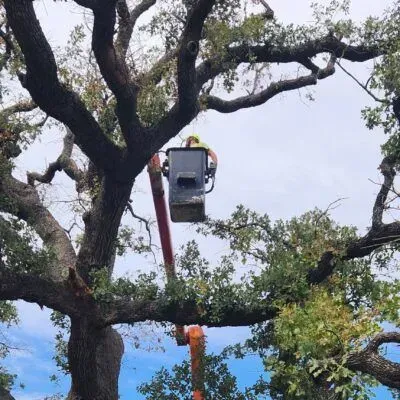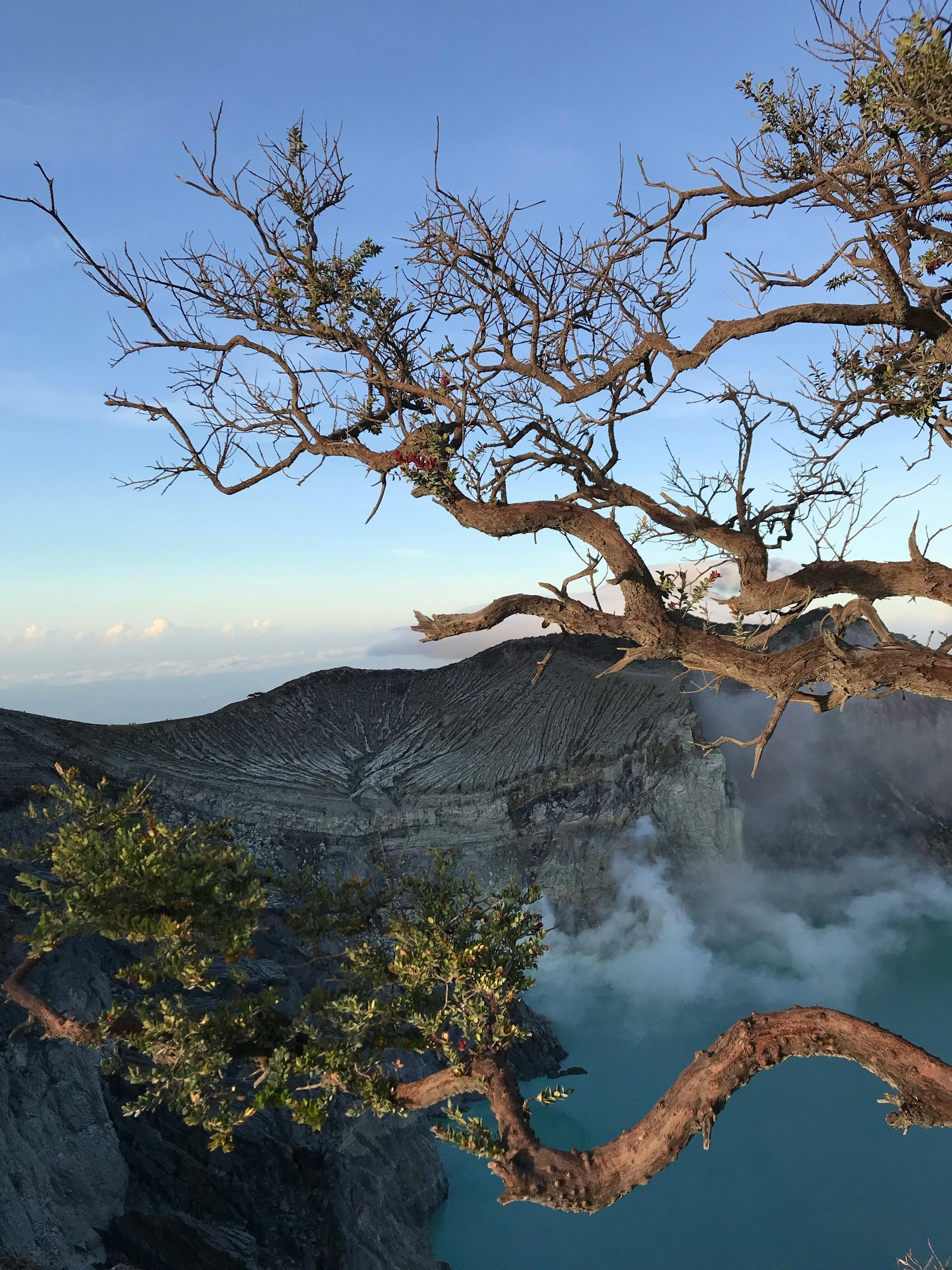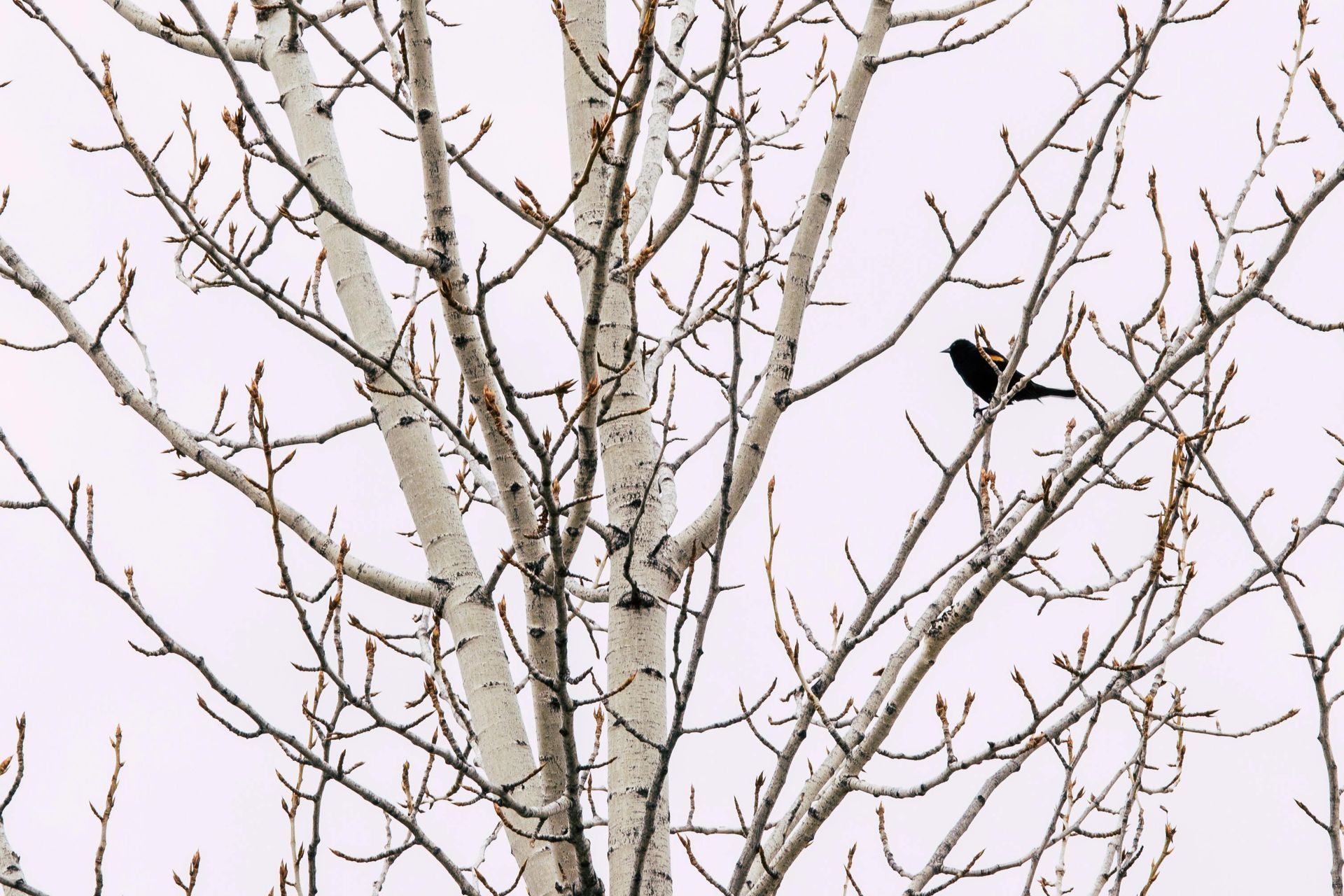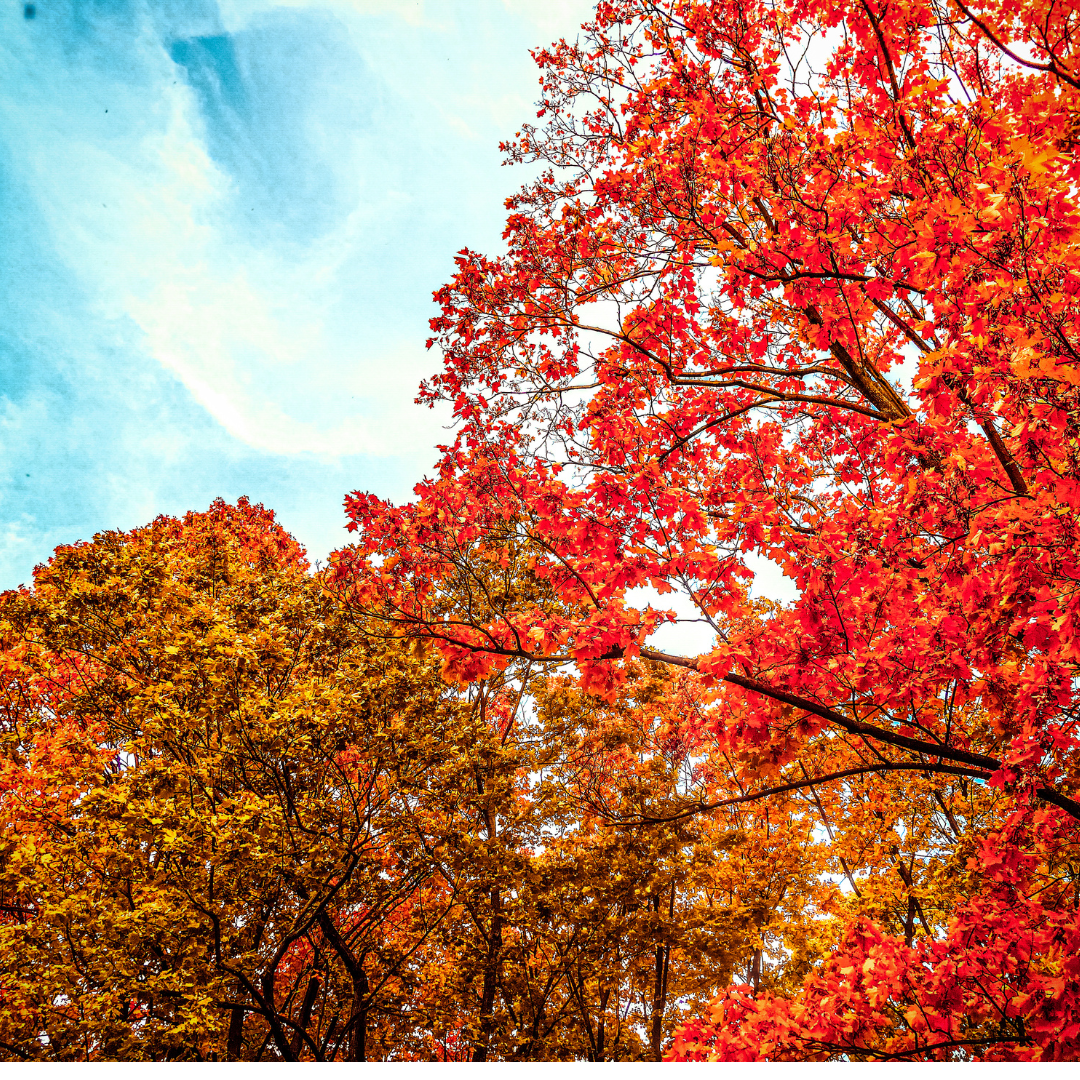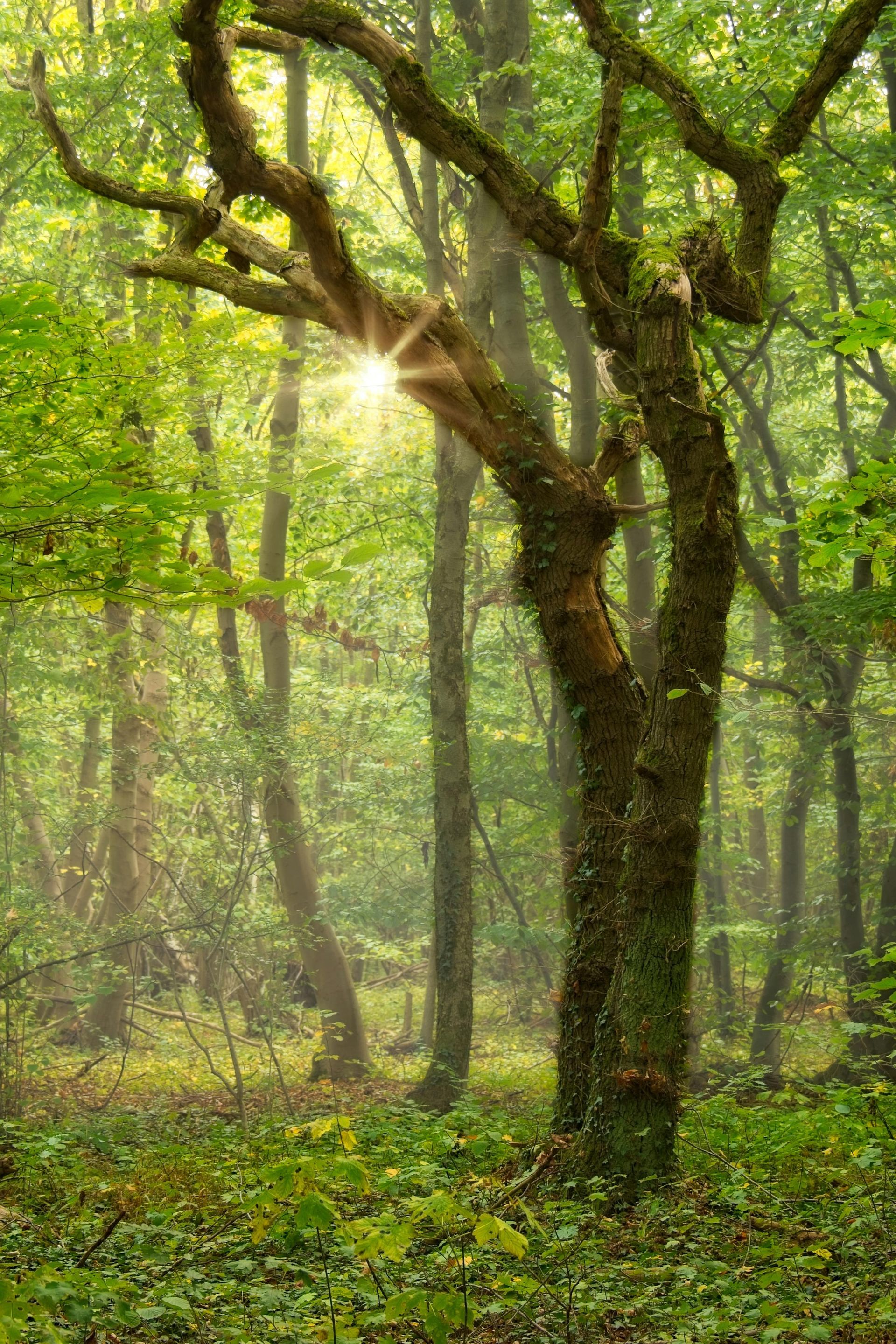Beat the Burn: How to Protect Your Trees from Texas Heat Waves in Cleburne
In Cleburne, TX, summer isn’t just hot — it’s brutal. With triple-digit temps, dry spells, and late-day storms, your trees endure extreme stress. And while some bounce back, others suffer in silence — until it's too late.
At Branch Boss Tree Co., we’ve seen what Texas heat can do to even the healthiest trees. That’s why we’re sharing expert advice on how to protect your trees during heat waves — tailored specifically to Cleburne’s climate.
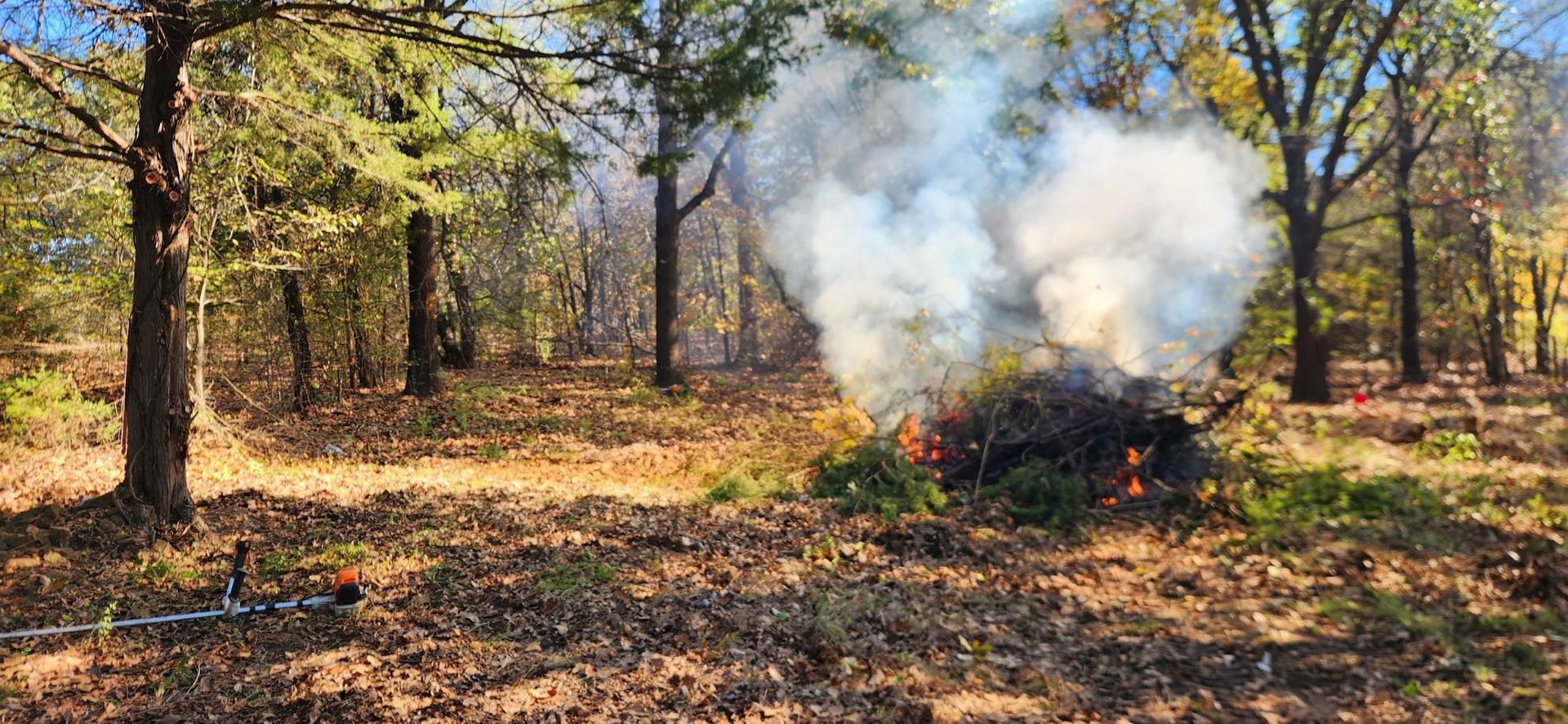
Why Heat Waves Are Hard on Trees
Texas heat waves are long, intense, and dry. In 2023, Cleburne saw over 50+ days of 100°F+ temperatures, along with extended droughts. These extremes disrupt water absorption, weaken trees’ immune systems, and leave them vulnerable to insects and disease.
Here’s what prolonged heat does to your trees:
- Increased water loss through evaporation and transpiration
- Scorched leaves, curling edges, and branch dieback
- Soil dehydration, limiting nutrient uptake
- Higher pest and fungal vulnerability
Warning Signs of Heat-Stressed Trees
Keep an eye out for these symptoms:
- Wilting or curled leaves
- Browning leaf edges or yellowing foliage
- Early leaf drop or thinning canopy
- Cracks in bark or limbs
- Bare branches or sunscald
These issues are often reversible if caught early — but they worsen quickly in Cleburne’s intense sun.
Heat Stress Risk Levels by Tree Type
| Tree Type | Age | Heat Risk | Notes |
|---|---|---|---|
| Red Oak | Mature (10+ yrs) | Moderate | Watch for early leaf drop |
| Crepe Myrtle | Young (<2 yrs) | High | Requires regular watering & mulch |
| Pecan | Mature | Low | Naturally heat-tolerant |
| Ornamental Pear | Mid-Age | High | Prone to scorching and pest issues |
| Cedar Elm | Any | Moderate | Native, but benefits from deep watering |
How to Protect Your Trees During a Heat Wave
1. Water Deeply — Not Frequently
- Water early morning or late evening
- Use slow soaking methods (drip lines or soaker hoses)
- Target the
root zone, not just the base
- Deep soak
1–2 times/week, depending on rainfall
2. Mulch Like a Pro
- Apply
2–4 inches of mulch around the base — keep it away from the trunk
- Use organic mulch (wood chips, bark)
- Helps retain moisture and regulate root temperature
3. Shade New or Vulnerable Trees
- Use
shade cloth or burlap wraps for new plantings
- Temporary pop-up shade structures can protect thin-canopy trees
4. Avoid Pruning or Fertilizing
- Skip heavy pruning unless branches are dead or hazardous
- Fertilizer can “burn” roots in heat — wait until fall
Native Tree Care Tips
Even Texas natives need help during prolonged heat. Here’s how to care for a few common local species:
- Mesquite: Tolerant but can drop limbs if overly dry — water occasionally in peak heat
- Cedar Elm: Benefits from deep watering and mulching
- Texas Redbud: Thin-barked — protect young trees from sunscald
Desert Willow: Drought-tolerant but needs help in its first 2 years
Common Mistakes We See in Cleburne
Avoid these heat-related missteps:
- Daily light watering (causes shallow root growth)
- Pruning healthy limbs during extreme temps
- Using gravel or rubber mulch (holds heat in)
- Assuming established trees “don’t need help”
When to Call a Professional
Not sure if your tree can survive the heat? Here’s when to call Branch Boss Tree Co.:
- You notice multiple symptoms of stress
- A young or recently planted tree looks like it’s failing
- You’re unsure if it’s drought, disease, or pests
- You want to protect your investment before it’s too late
- We offer FREE summer inspections for homes in Cleburne and Johnson County.
Final Thoughts
A little tree care now can save you thousands later. With a few smart habits — and the right support — your trees can thrive through the worst Texas heat.
Request a Quote
Is your tree struggling in the Texas heat? Don’t wait until it’s too late. Contact Branch Boss Tree Co. today for a free summer inspection and expert advice on keeping your landscape healthy all year long.
👉 Visit branchbosstreeco.com or call us now to book your FREE inspection!
________________________________________________________________________________________________________
Serving Cleburne, Joshua, Burleson, and all of Johnson County with licensed, bonded, and local expertise.
Don’t wait for the next storm to test your trees.
👉 Worried about a tree near your roof, driveway, or power lines?
Contact Branch Boss Tree Co. today to schedule your summer tree assessment and get expert trimming
that protects your property and peace of mind.
Call us today at
817-487-8448 to let us handle your tree and tree stump removal needs with professionalism and care.
